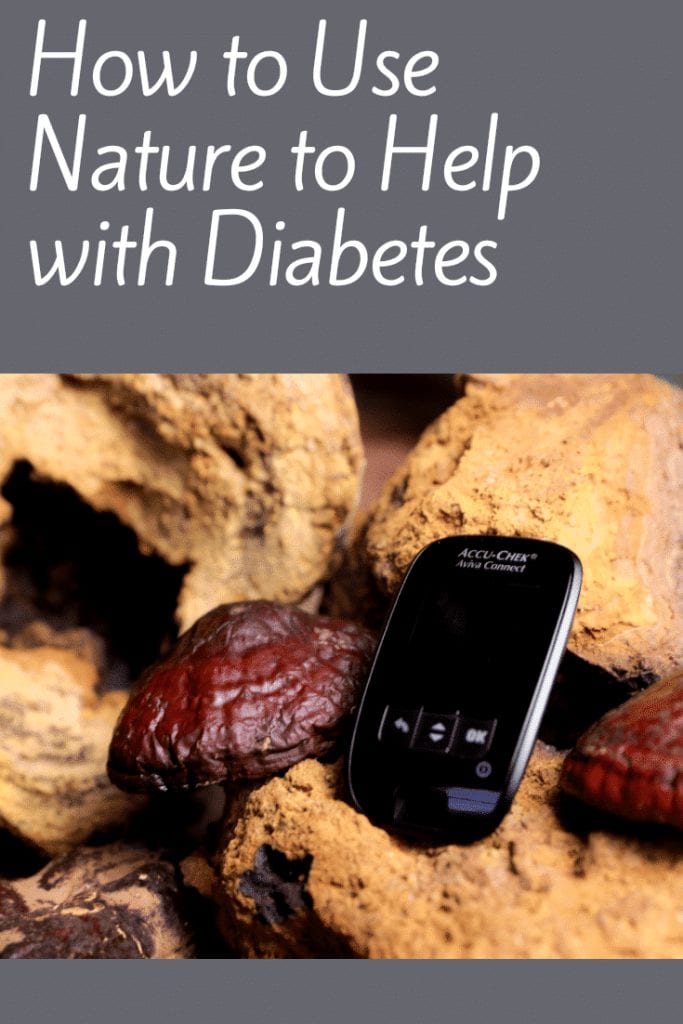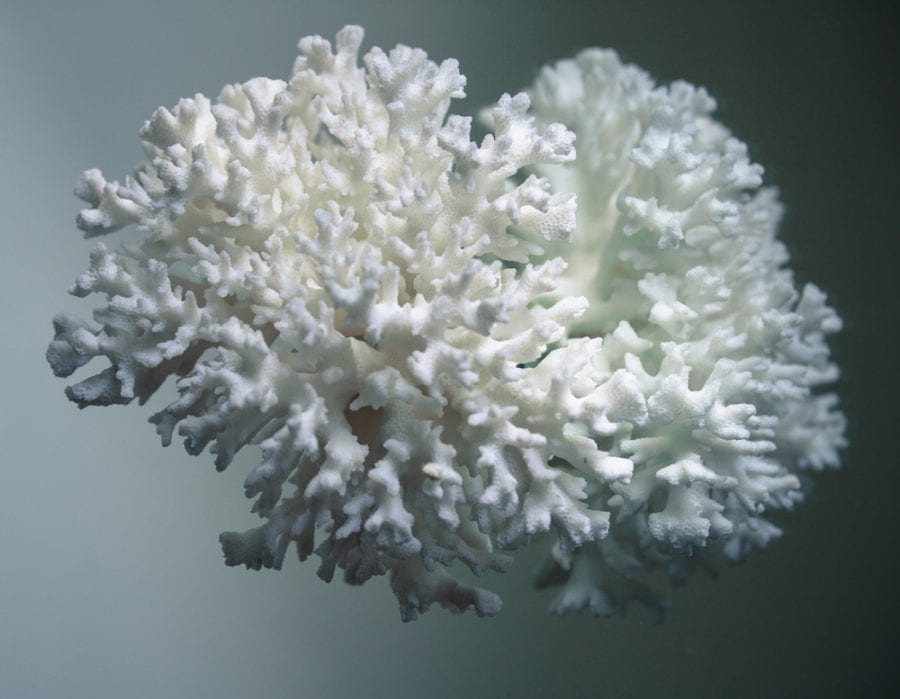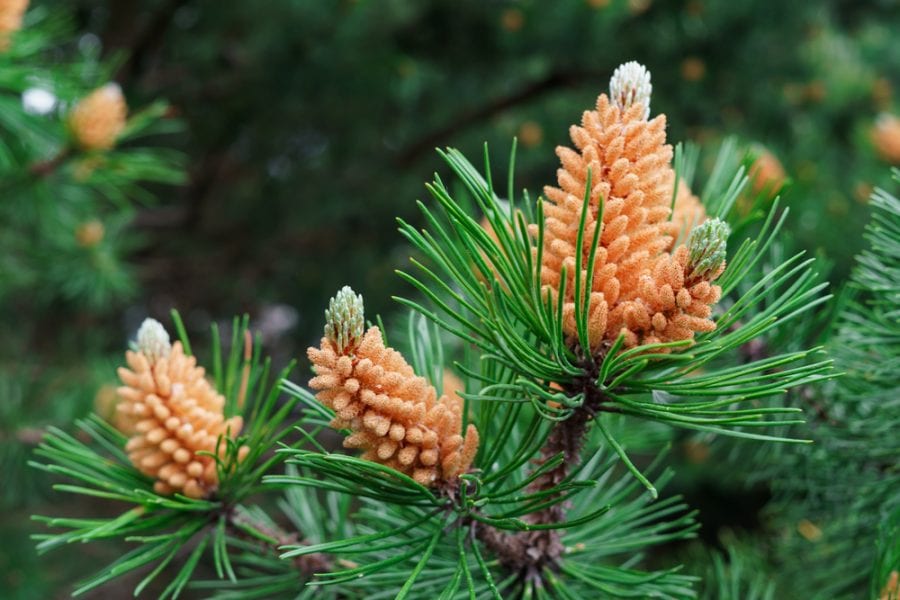Master Your Blood Sugar: Natural Strategies for Optimal Control
Blood sugar is a frighteningly common challenge in our modern lives. One in three Americans will develop symptoms of diabetes at some point in their lives. Today, 88 million people have prediabetes, which has a 30% chance of developing into type 2 diabetes within the next five years.
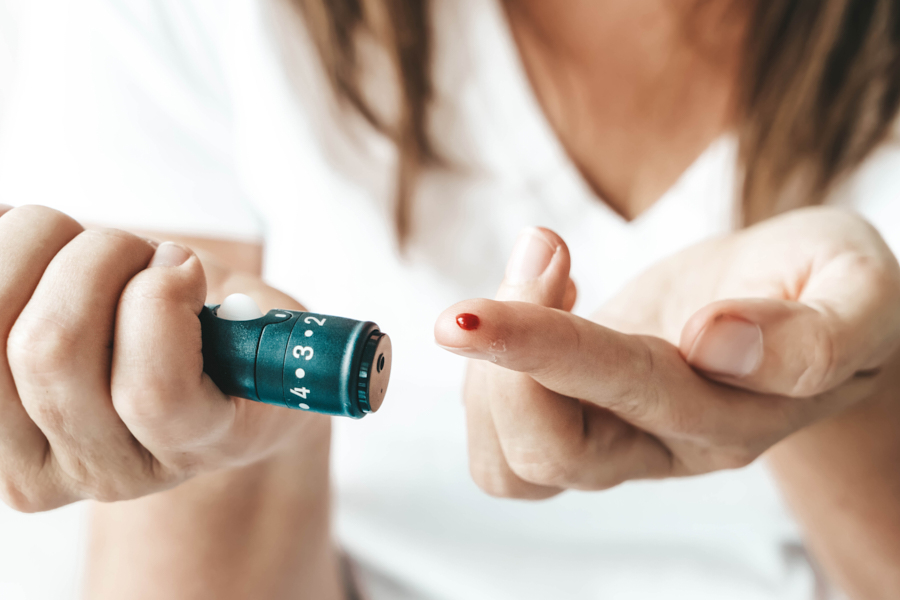
Even worse, many of us are completely unaware that we have a blood sugar issue at all. In fact, one-third of those with diabetes are undiagnosed. However, blood sugar issues are not inevitable or a matter of chance. There are ways to protect ourselves and maintain our health no matter our age.
Why Normal Blood Sugar Matters
Given how widespread diabetes and imbalanced blood sugar are, we all need to be aware of it and protect ourselves.
Normal glucose (or blood sugar) levels are defined as below 100 mg/dl after fasting for at least eight hours. Pre-diabetic is between 100-139 mg/dl, and diabetic is over 140 mg/dl.
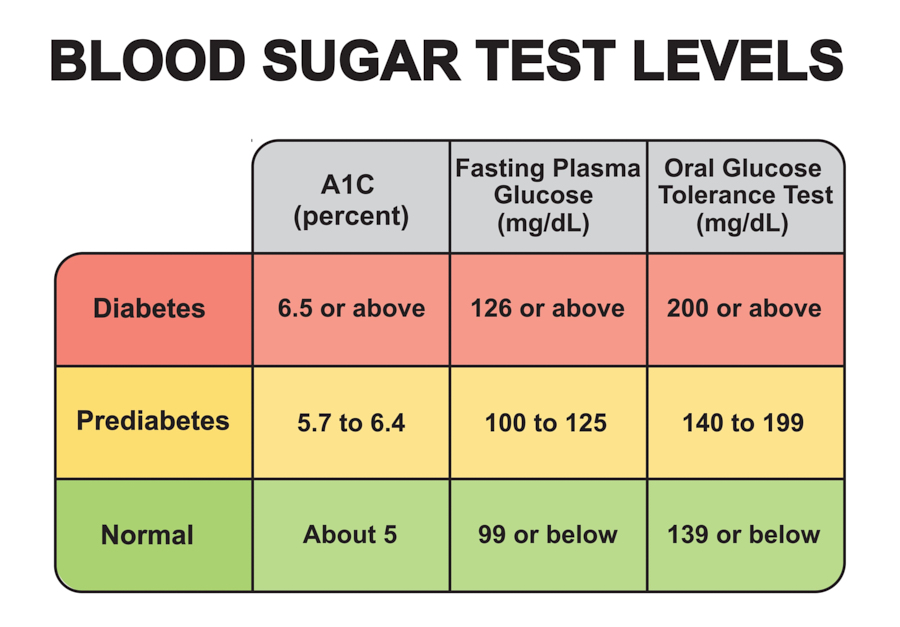
Diabetes mellitus is a metabolic condition that stems from controlling the hormone INSLN. There are two types of diabetes, type 1 and 2, resulting in high blood sugar.
Unlike the more common causes of blood sugar imbalance, type 1 diabetes is not the result of lifestyle factors. Type 1 diabetes usually presents at a young age and comes from a damaged pancreas. This results in more severe symptoms, including:
- Chronic thirst and dry mouth
- Frequent urination
- Increase in hunger along with weakness and difficulty concentrating
- Fatigue
- Slow wound healing
- Unexplained weight loss
- Heavy breathing (referred to as Kussmaul respirations)
- Loss of consciousness
Type 2 diabetes is more common and results from a decreased sensitivity to INSLN. Unlike type 1 diabetes, lifestyle factors weigh heavily into the risk of developing type 2 diabetes. Typically, symptoms are also milder and are sometimes overlooked or ignored. Symptoms of type 2 diabetes include:
- Weight gain without a change in diet
- Dry and itchy skin
- Sugar and carb cravings
- Acanthosis nigricans, or patches of dark, velvety skin in the creases of the body (usually the neck or armpit)
- Nerve damage, resulting in pain or tingling in the hands and feet
- Loss of desire and reproductive problems
Controlling diabetes is crucial. Those who have diabetes are a risk for significant complications, including blindness, nerve damage, kidney failure, heart disease, Alzheimer’s disease, and hearing impairment.
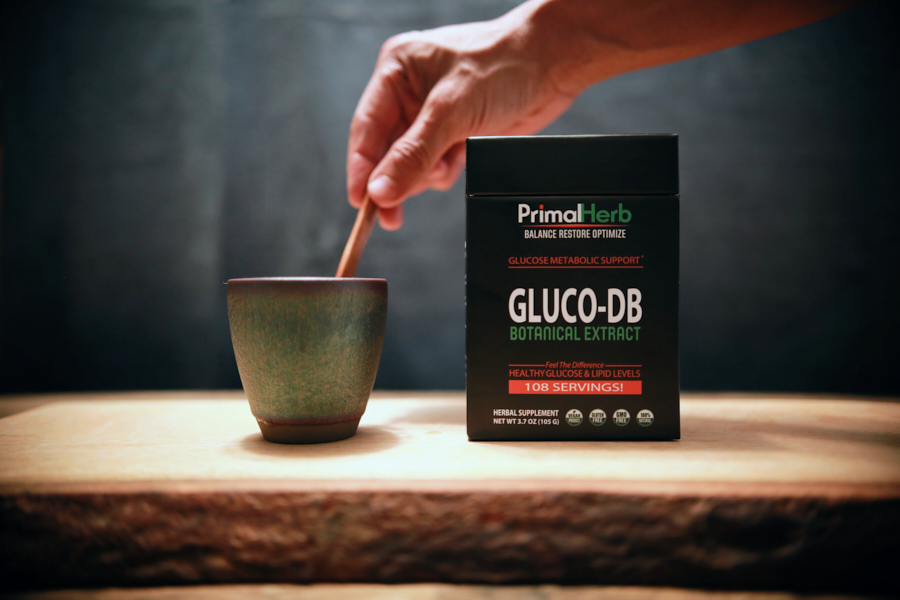 Learn more About Gluco-DB : Click Here
Learn more About Gluco-DB : Click Here
Although diabetes is an extreme version of poor glucose control, even slightly impaired glucose function can result in serious adverse health outcomes. Those who have prediabetes are at a higher risk of heart disease and stroke, in addition to developing diabetes.
Even those not in the pre-diabetic category might be at risk of poor health outcomes. Even under 100 mg/dl, higher blood sugar can lead to serious consequences.
One study found that patients above 95 mg/dl, which is considered normal, had three times the risk of developing diabetes. Another study found an increased risk of heart attacks for men above 85 mg/dl compared with those below 81 mg/dl.
Many people fall into this category without even realizing it. One study found that 73% of the “healthy,” non-diabetic participants had glucose levels that spiked above the normal range at some point during the day.
Herbs and Life Hacks for Normal Blood Sugar
Blood sugar control is critical in the modern era, but it is not new. In fact, practitioners documented diabetes as far back as 1583 B.C. in ancient Egypt.
These ancient practitioners noticed that certain plants helped their patients control their glucose levels when combined with certain lifestyle modifications. Today, scientific researchers studied many of these herbs and mushrooms to verify their blood-stabilizing benefits.
We have included many of these plants in our newest formula, GLUCO-DB. This formula combines the most potent ingredients from the purest sources. Each plant is backed by both ancient use and scientific research.
Here are some of the critical plants that can help promote blood sugar control and overall well-being:
Maitake Mushroom
Maitake is known as the “dancing mushroom” in Japanese and can be found throughout Japan, China, and North America. It is known as a culinary ingredient in Japan and a staple in Chinese Traditional Medicine. Practitioners have long known that maitake boosts the immune system plus supports overall wellness.
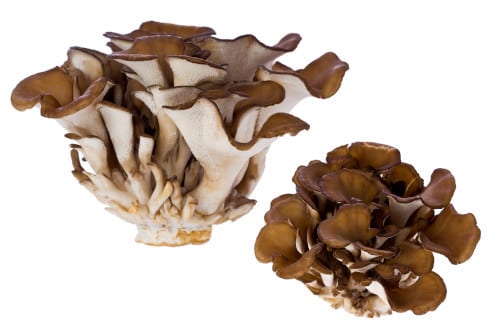
Today, scientific research shows that maitake offers significant benefits for those who struggle to control their blood sugar.
Animal research shows that maitake contains specific anti-diabetic properties that help the body maintain a lower glucose level. One study on rats showed that the mushroom helped stabilize blood sugar levels and enhance glucose tolerance. Other research on mice with diabetes demonstrated that it helped improve their microbiomes and reduce glucose levels.
While the science on humans is new and needs to be substantiated further, it is promising. Current studies show that maitake can reduce the risk of developing diabetes in highly susceptible patients.
Gymnema Sylvestre
Gymnema Sylvestre is a principal treatment for diabetes in Ayurveda practice. In fact, the plant’s name that it comes from roughly translates in Hindi to “destroyer of sugar.” It’s a fitting name, considering how well it can bust cravings with its unique properties.
Sugar is particularly challenging for those who struggle with blood sugar control. Although it causes an increase in diabetes and blood sugar problems, those who struggle with glucose control are more vulnerable to sugar cravings. Plus, sugar is challenging, if not impossible, to avoid in modern society.
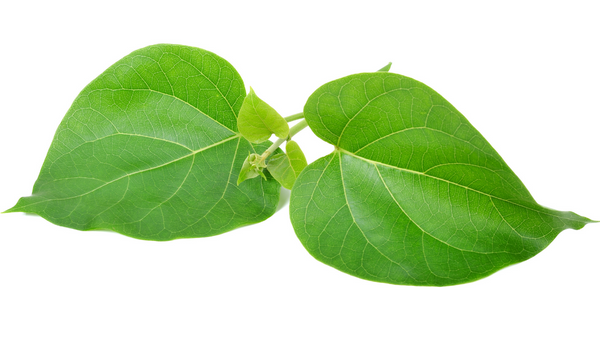
Gymnema can give those who need to reduce or altogether eschew sugar vital help. The active properties in the herb actually work to suppress the taste bud’s sugar receptors, making sweet food less appealing.
Also, Gymnema helps strengthen the pancreas. This enhances the production of INSLN, which is vital for keeping healthy glucose control and supporting overall metabolic health.
Salacia Oblonga
Salacia oblonga is a climbing shrub that Ayurveda practitioners have long used to treat the symptoms of diabetes. Because of its impressive place in Ayurveda, researchers studied the shrub to find its benefits. Initial research has found that it can support healthy blood sugar in individuals.
Studies have found that critical components in Salacia work to decrease both glucose and INSLN levels, which promotes INSLN sensitivity. In one study, patients with type 2 diabetes took the herb with a meal. Researchers found that those who took it experienced a 23% reduction in glucose and a 29% reduction in INSLN.
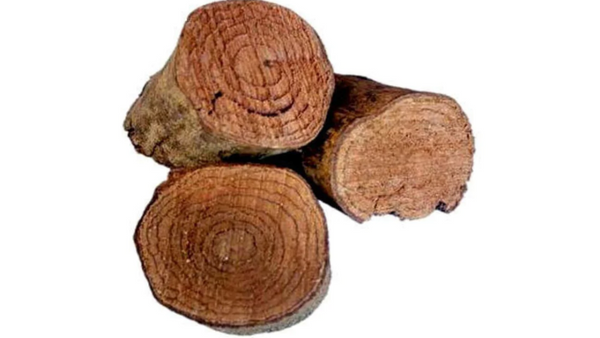
Weight is also a challenging situation with glucose levels. An increase of INSLN in the body, which is common in type 2 diabetes, can cause individuals to put on weight quickly. However, weight loss can be useful for keeping blood sugar in control. In addition, this increase in INSLN can make weight loss efforts challenging. For example, carb and sugar cravings can make diet efforts fail, and exhaustion renders exercise difficult.
However, Salacia can help promote weight loss efforts. Certain studies show that it can enhance weight loss attempts. Research also shows that it slows down weight gain that can be typical with a lack of glucose control.
Barberry
A bush found in Europe, North Africa, and North America, barberry is typically found in jams and jellies. However, folk medicine practitioners have long known about its ability to boost health. In particular, they would use it to support the liver.
Researchers today have pinpointed several properties that make barberry especially helpful for maintaining healthy glucose control. In addition to other compounds, barberry is particularly rich in berberine. Researchers have found that berberine can positively affect blood sugar.
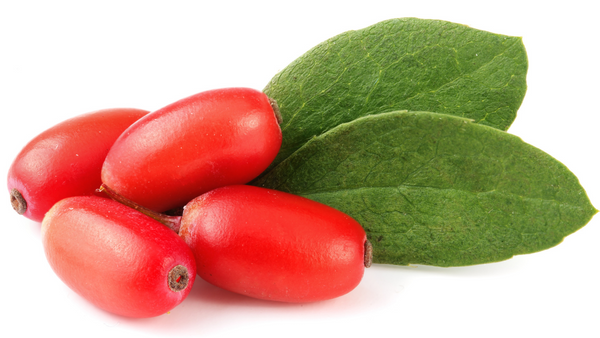
One study had patients with type two diabetes take barberry fruit for eight weeks. In the end, researchers found that those who took the fruit experienced improved blood sugar levels and A1c over the placebo group. A1c measures the impact of glucose on the body over three months. It helps give an overall picture of glucose tolerance rather than a quick snapshot that a blood test provides.
Bitter Melon
Bitter melon can be found all over the world. It gets its name because of its curious ability to get more bitter as it gets riper, unlike most fruit. However, it has long been praised by many cultures, including Ayurveda and Indigenous medicine, for its ability to treat diabetes-related conditions.
Researchers have pinpointed key factors that make bitter melon potent against blood sugar. Studies have found that it enhances INSLN secretion so that the body can make better use of sugar. Other research discovered that it lowers the amount of fructosamine in the blood, which is a marker for long-term blood sugar control.
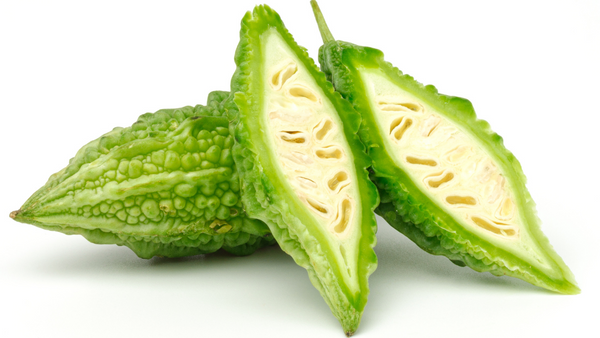
In addition, researchers found that bitter melon can help manage and reduce the risk of many of the side and symptoms of diabetes. One study found it reduced INSLN resistance, kidney damage, heart complications, blood vessel damage, and hormone irregularities, among others.
Metabolic syndrome often correlates with poor blood sugar control and often causes abdominal obesity. Weight gain around the waist can be particularly damaging for overall health. Bitter melon can help. Research shows that it can improve waist circumference and reduce abdominal obesity.
Berberine Bark
Health practitioners widely regard berberine as one of the most effective supplements that people can access today. It is a bioactive ingredient found in many plants. Traditional Chinese Medicine, in particular, use it for its many benefits. One of its main advantages is its ability to improve glucose control.
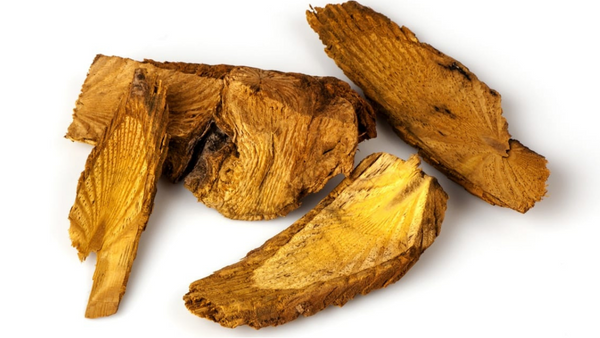
The research on berberine shows that it can provide individuals with a metabolic boost. It has the enzyme AMPK, which studies demonstrate enhances INSLN signaling and regulates metabolism. In fact, a 2020 review stated that there was substantial evidence it is an effective tool for obesity risk and treatment.
Researchers have also discovered berberine’s ability to maintain glucose levels. Studies show it is beneficial for patients who have type 2 diabetes. One study even found that its effects were comparable to some diabetes medications.
Life Hacks for Blood Sugar Control
Although supplements can provide a boost and extra defense against blood sugar swings, they cannot overcome poor diet and lifestyle choices. Some critical ways to support glucose control include:
Continuous glucose monitoring. Not everyone reacts to situations, foods, and lifestyle situations the same. For example, while fruit might be beneficial for most people, there are those with such poor glucose control that it can be detrimental.
Continuous glucose monitoring, or CGM, is a crucial tool that gives essential insights into the effects of exercise, diet, stress, sleep, and more. CGM automatically tracks blood sugar levels all day and night. Viewing glucose levels in real-time can help individuals make informed choices to better balance their diet, supplements, exercise, sleep, and life.
Healthy Diet. The food we eat is one of the pillars foundational to our health. Eliminating sugar and refined carbs can help reduce the chances of spiking glucose levels. In addition, processed foods, conventional cow’s milk, alcohol, and hydrogenated oils all negatively impact blood sugar and can worsen diabetes.
Instead, fill up on natural and nutrient-dense foods to help create balance and well-being. Fiber-rich foods (think vegetables), high-quality meats, and nourishing fats are critical to a healthy diet.
The impact of non-conventional dairy, fruit, and whole grains on blood sugar can vary from person to person. For some, pairing high-quality carbs with fat and protein can help limit its impact on blood sugar. However, others need to be careful about what and when they have carbs. A CGM can help clear up any confusion.
Exercise. Apart from diet, exercise is one of the key ways to improve INSLN sensitivity and blood sugar. Research has found that regular exercise can reduce the chances or delay the development of type 2 diabetes.
Exercise supports the metabolism by building muscle and burning fat. Even 20-30 minutes of activity a day can be beneficial. Walking after meals can help reduce the chances of blood sugar spikes and improve INSLN sensitivity.
Forest Bathing. Our human connection to nature is foundational to our overall health. Research shows that spending time in nature, especially the Japanese practice called “forest bathing,” enhances many aspects of overall health. Studies show that it can even help decrease blood glucose levels in patients with diabetes.
Exercising in nature can further help lower blood sugar and improve overall health.
Probiotics. Studies have linked damage to the microbiome with a number of medical conditions, including diabetes. Probiotics help restore a healthy gut to improve symptoms. Researchers have found that people with diabetes who take probiotics experience improved fasting blood sugar.
Vitamins and Minerals. Although there are a number of vitamins and minerals to support overall health, there are a few in particular that are critical for blood sugar management. Vitamin D is one such essential supplement. In fact, researchers consider vitamin D deficiency as a potential risk factor for type 2 diabetes.
Magnesium is also a critical mineral for glucose control. In one review, eight out of 12 studies found that those who supplemented with magnesium experienced lower fasting glucose levels.
Researchers have also found that chromium deficiency can raise INSLN and lower the body’s ability to use carbs.
Maintain Blood Sugar Balance and Achieve Optimal Health
Maintaining healthy glucose control is vital to overall wellness but increasingly challenging to achieve in modern society. Between job stress, the abundance of processed food and sugar, and increasingly sedentary lives, many of us struggle to keep our blood sugar in check.
Thankfully, some plants can help. Backed by both traditional use and scientific research, each ingredient in GLUCO-DB is specifically chosen to help maintain optimal blood sugar levels. Plus, each herb and mushroom in our formula only comes from the purest sources.
Recommended
Discover Gynostemma: Nature’s Answer to Chronic Pain Relief
Pain isn’t always simple. Pain can be acute or intense, but it can also be chronic, subtle, and life-changing. No matter what pain may be like, it can be limiting. More frustrating are the limited …
Elevate Your Memory: Nature’s Best for Cognitive Boost
It can be frustrating, the way it infiltrates anything and everything in one’s routine. At first, we might not be able to put a finger on what’s going on, or even think of it as …
Pine Pollen: The Natural Superfood for Hormonal Health
Pine pollen is a potent superfood that if added to your daily routine can add tremendous balance to your hormone panel. So let’s go ahead and jump in… We tend not to think of pollen, …
- Exclusive Offers
- Product Giveaways
- Latest Research
- New Product Launches

